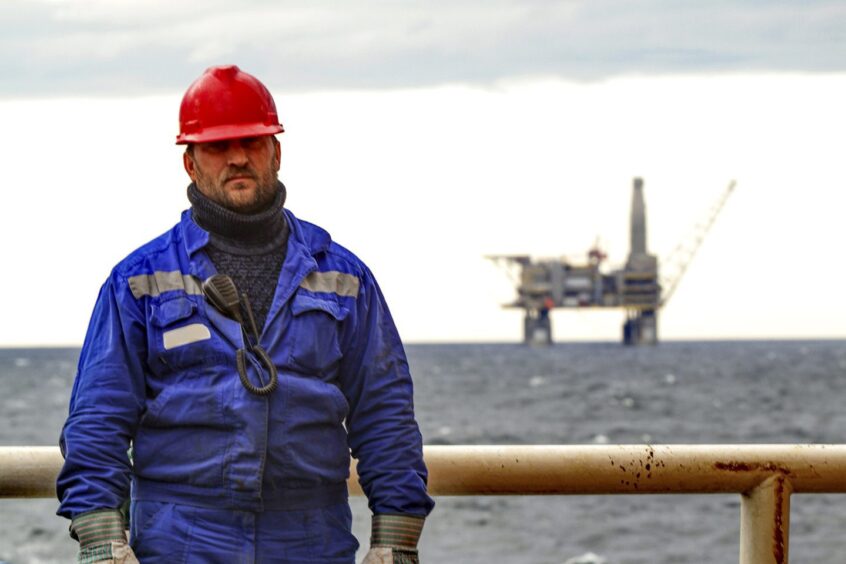
Winter poses a unique set of challenges for the energy sector, especially for those stationed on offshore assets. As the temperature drops, energy workers face increased health risks in cold environments, a concern that should not be taken lightly.
According to the Office for National Statistics (ONS), between 2019 and 2020, there were approximately 28,300 excess winter deaths in the UK. Such figures underscore the importance of winter preparedness in occupational settings.
Cold-related illnesses such as hypothermia, frostbite, and cold-induced asthma can seriously impair a worker’s health and ability to perform tasks. Another aspect to consider is the heightened health risk when using vibrating hand tools in cold conditions, as this can intensify the risks of Hand-Arm Vibration Syndrome (HAVS). The HSE’s guide on hand-arm vibration highlights the importance of aiding employees in maintaining good blood circulation. Measures include ensuring they remain warm and dry; giving up or reducing smoking, as it diminishes blood flow; and massaging and exercising fingers during work breaks.
To mitigate these risks, regular health surveillance becomes pivotal. Surveillance during winter months may involve special attention to cold-related illnesses, such as monitoring for signs of reduced circulation, numbness, or discolouration in extremities. Periodic checks for cold-induced respiratory issues can be integral in early detection and prevention of worker impairment.
Moreover, the right personal protective equipment (PPE) is essential. The HSE advises wearing at least three layers of clothing when working in cold conditions: a base layer that wicks away sweat, an insulating layer to trap warmth, and an outer layer to protect against wind and rain. Regular breaks in warm shelters can further reduce exposure and offer workers an opportunity to warm up and hydrate.
It’s essential to note the role of training and awareness in these situations. Employees should be trained to recognise the early symptoms of cold-induced ailments and to act swiftly. Awareness campaigns could be instrumental in empowering workers to make informed decisions regarding their well-being.
Employers can support winter preparedness by engaging in thorough risk assessments. As outlined by HSE guidelines, this involves evaluating environmental factors such as wind speed, moisture, and ambient temperature, combined with the type and duration of tasks being performed. Such an assessment can inform necessary adaptations in work schedules, PPE requirements, and shelter provisions.
For energy sector workers, specific challenges such as offshore cold winds or the metal structures of oil rigs that can accentuate cold conditions need special attention. Continuous feedback from employees on the frontline is crucial. They can offer invaluable insights into the practical challenges faced and suggest improvements to safety protocols.
As winter looms, ensuring the health and safety of energy workers in cold environments becomes a pressing concern. Employers, equipped with the guidance from institutions like the HSE and backed by occupational healthcare providers, have a responsibility to act. After all, preparedness not only ensures the health and well-being of workers but also the smooth and efficient functioning of the energy sector.